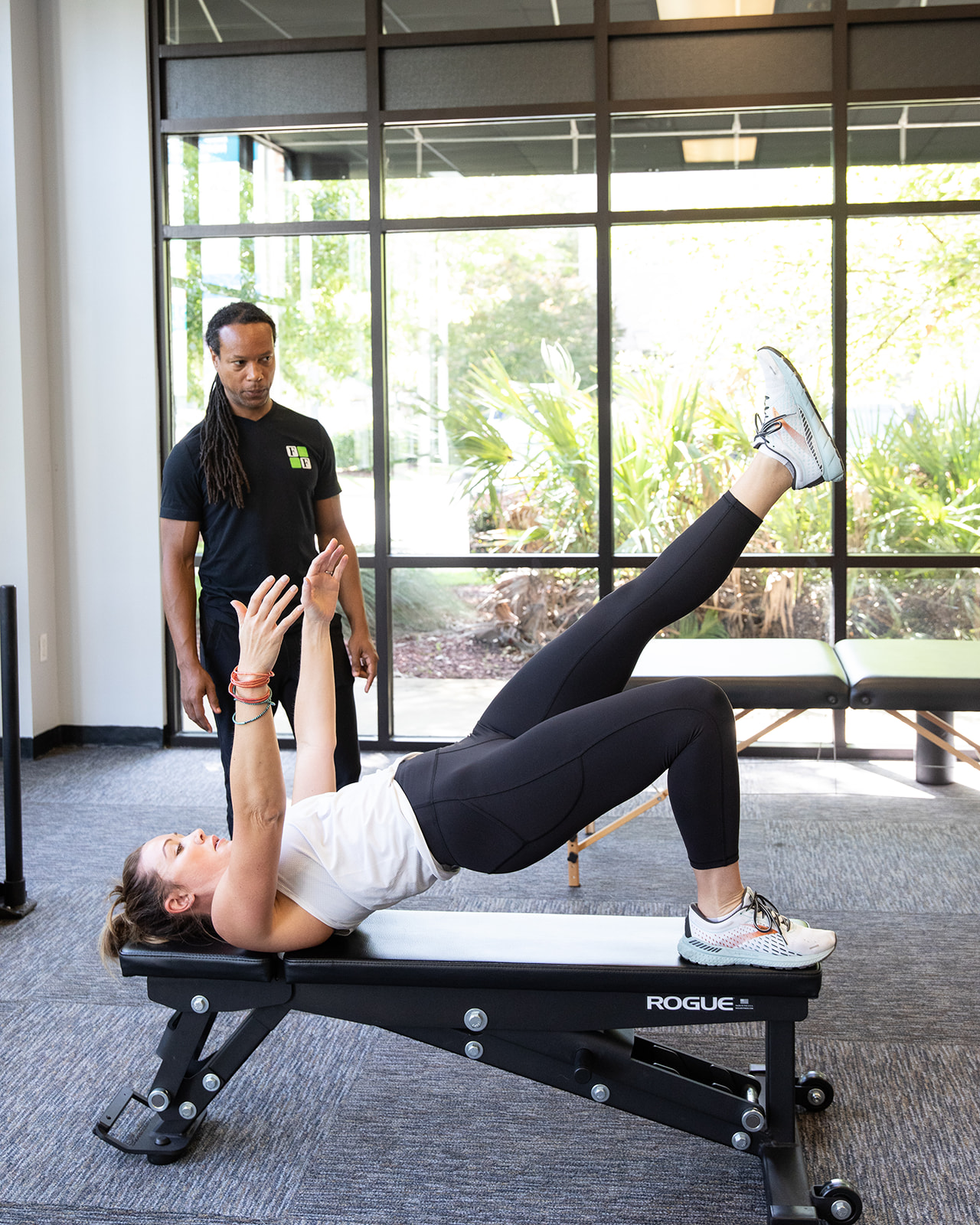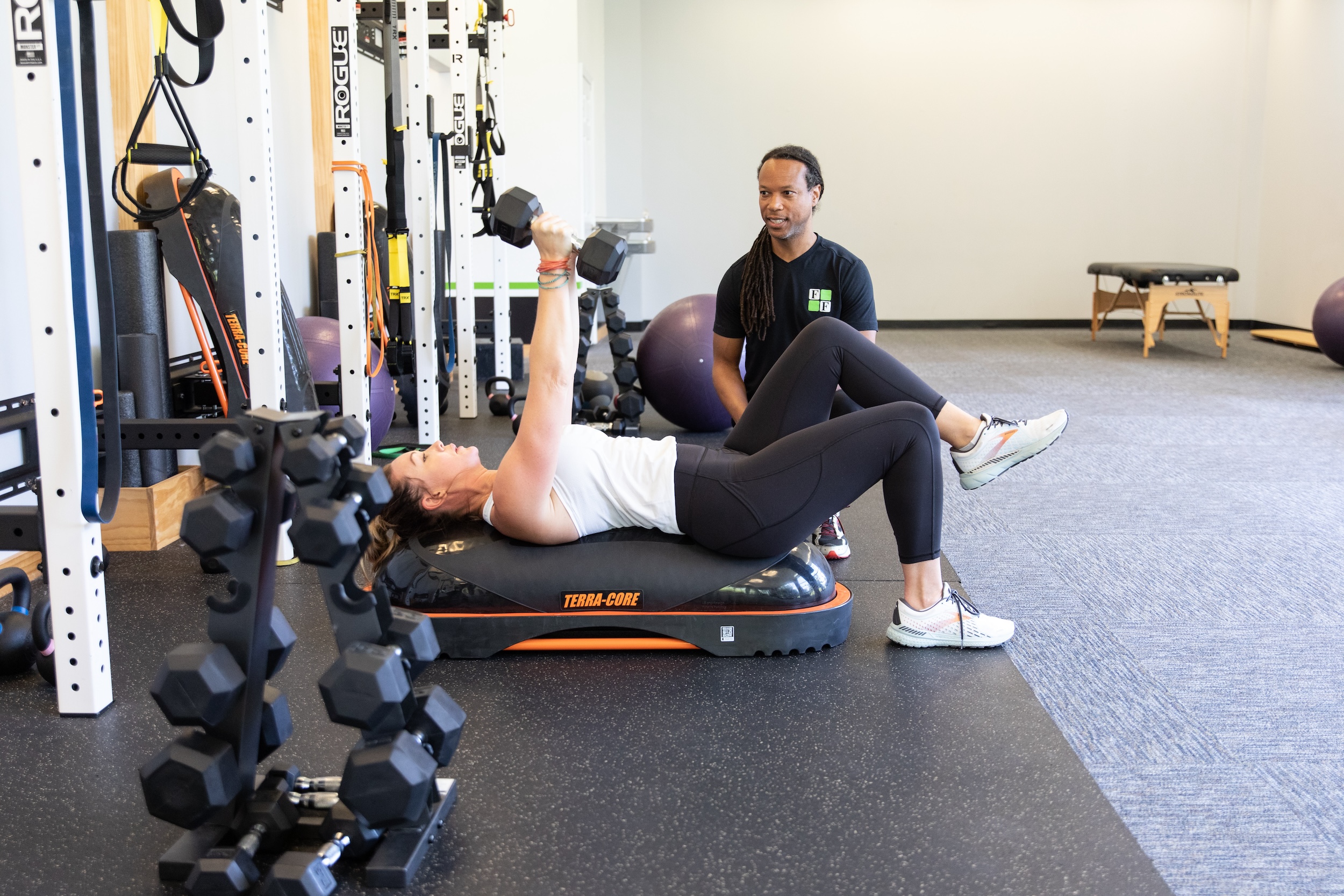July 3, 2023
The Benefits of Balance & Stability Training
Balance and stability training can be highly beneficial for the elderly population. As people age, their balance and stability tend to decline due to factors such as reduced muscle strength, flexibility, and sensory perception. This can increase the risk of falls and injuries. However, engaging in specific exercises and training programs aimed at improving balance and stability can help address these issues and enhance overall physical function. Here are some ways in which balance and stability training can benefit the elderly:

To obtain the maximum benefits, it is advisable for older adults to consult with a healthcare professional or a qualified trainer to develop a personalized exercise program that addresses their specific needs and limitations.
Share
by Heather Kelly
Share
Many of us know and understand the importance of physical therapy. But what isn't as common of knowledge is that it is important to be completely ready before [...]
Have you been working out for months, or even years, without seeing the amount of progress or change you had hoped for? This is a common issue a [...]
What is Pilates and why should you try it? The benefits of Pilates are: Increased Strength & Flexibility: Pilates creates a mind-body connection working multiple muscles throughout the entire body [...]




